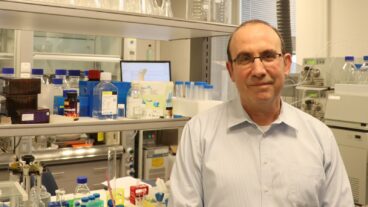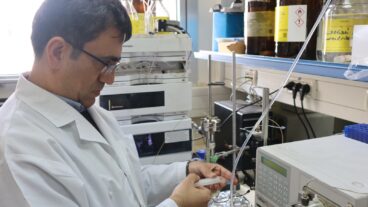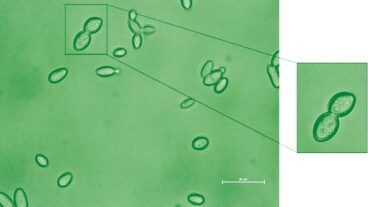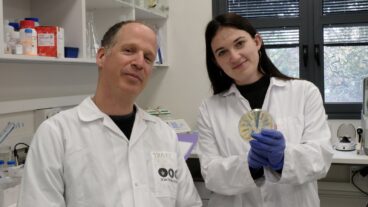Not all coronary stent implantations are successful today, with many patients experiencing a reblockage of the artery. Hebrew University researchers aim to change that.
Heart disease is one of the leading causes of mortality in the western world, but many patients who receive treatment for a blocked artery through angioplasty and stent insertion, can soon find themselves facing another blocked artery.
Now Israeli researchers at the Hebrew University of Jerusalem have developed a new easily implementable technique that could help patients avoid reblockage of arteries.
Angioplasty is the gold standard treatment after a heart attack, which happens when coronary arteries harden. A cardiologist dilates the blocked artery by inserting a balloon, which is inflated at the point of blockage. He then follows this with a coronary stent implantation (a tiny metal mesh tube) to protect the artery and prevent restenosis ? a narrowing or reblockage of the artery. Some two million people around the world receive stents each year, including one million Americans.
For most of these people the angioplasty surgery, which ‘smashes’ cholesterol plaques against the artery walls to widen the artery and increase blood flow, has a long lasting beneficial effect. For some, however, the procedure itself can damage the artery wall, causing further narrowing of the artery, or restenosis.
In these cases, the artery reacts to the stent, perceives it as a foreign body and mounts an immune system response, which leads to further narrowing near or inside the stent. The solution? Another operation, or in some cases, even radiation.
Damage only to the cells themselves
The technique developed by the HU scientists, led by Prof. Boris Rubinsky, employs the biophysical phenomenon of irreversible electroporation (IRE). IRE penetrates the cell membranes, and destroys cells within seconds, using very short electric field pulses. It causes no damage to structures other than the cells themselves. Compared with other technologies for local destruction of cells and tissue, IRE is simple and does not require special training of the medical team.
The phenomenon of IRE has been understood for decades, but Rubinsky and his team, which includes Prof. Jay Lavee, head of the heart transplant unit at the Sheba Medical Center, Tel Hashomer, have developed a new mode of application that affects only the selected molecules in tissue. As a result, it has only now come under consideration by the medical world as a method for various applications of tissue removal.
In an article published this month in the journal PLoS ONE, Rubinsky’s team demonstrated that IRE can efficiently, safely and quickly destroy the cells responsible for the restenosis phenomenon in rats. In the study, IRE successfully destroyed almost all of those cells in less than 23 seconds, with no damage to any other structures.
Clinical trials on humans for restenosis treatment are planned in the near future.
Rubinsky, the director of the Center for Bioengineering in the Service of Humanity and Society at the School of Computer Science and Engineering and a professor in the graduate school at the University of California, Berkeley, is not the only scientist exploring the clinical uses of IRE.
It was used recently for the first time on humans in Melbourne, Australia, for the treatment of prostate, liver and lung tumors.












